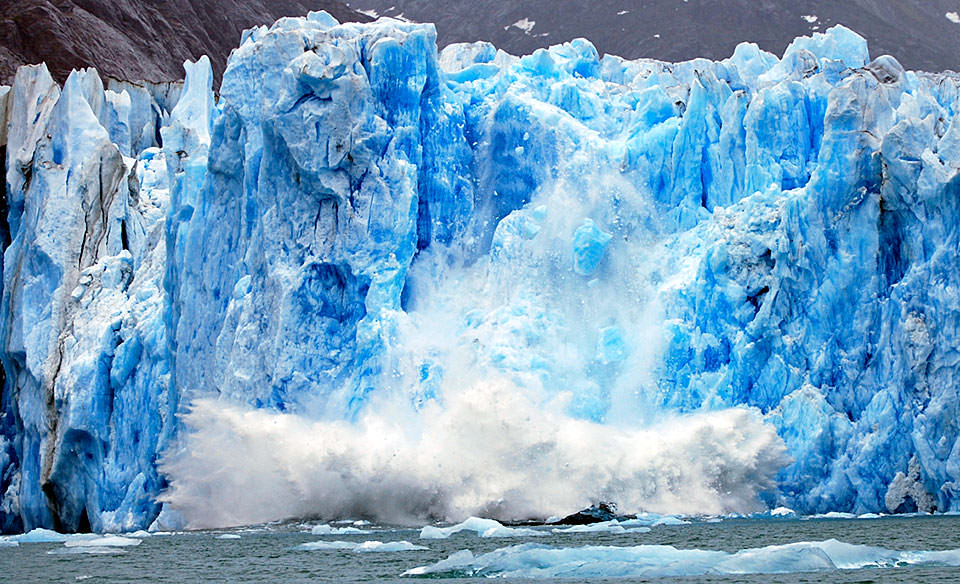Ice-Age Water: What Makes It Different and Unique

In a world of ever-expanding options for bottled water, one unique variant has been garnering attention – Ice-Age water. This water, as the name implies, comes from ice that has been formed thousands of years ago, during the last ice age. As a product of an era when the world’s industrial pollutants did not exist, it is regarded as one of the purest forms of water on Earth. But what makes Ice-Age water so different and unique? Let’s explore this intriguing beverage.
Ice-Age water sources are typically ancient glaciers, tucked away in remote locations where the effects of modern pollution are minimal. These glaciers were formed during the last ice age, approximately 20,000 years ago. As the snow fell, it compacted and became ice, trapping tiny air bubbles, and preserving a record of the atmosphere of that time. As such, the water harvested from these glaciers today is free from the contaminants that are often found in our current water sources.
But the uniqueness of Ice-Age water goes beyond its purity. This type of water often contains a distinct mix of minerals. As glaciers grind against the bedrock, they pick up minerals which are then dissolved in the meltwater. Depending on the geology of the glacier bed, the water can be a source of essential minerals such as calcium, magnesium, and potassium, among others. However, unlike typical mineral water, Ice-Age water’s mineral content is usually much lower, giving it a crisp, clean taste.
Hydration-wise, Ice-Age water provides the same benefits as other types of water. However, the appeal of this premium product extends beyond hydration. The idea of consuming a product from a time when the world was largely untouched by human activity holds a certain appeal to many consumers. It offers a sense of exclusivity and a connection to the Earth’s past.
Ice-Age water also represents a finite resource, adding to its exclusivity. Once the glacier from which it is sourced melts, that specific source of Ice-Age water is gone forever. This sense of scarcity creates a premium product for the market, as is the case with other limited-edition commodities.
Despite its unique benefits and appeal, it is important to consider the environmental implications of harvesting Ice-Age water. Extracting and transporting water from remote glacial locations requires a significant amount of energy, contributing to greenhouse gas emissions. As conscious consumers, it’s essential to balance the appeal of such products against their environmental impact.
In conclusion, Ice-Age water is indeed different and unique, offering a taste of the Earth’s past and a level of purity that is hard to find in today’s world. Its pristine origins, unique mineral composition, and sense of scarcity have allowed it to carve out a niche in the crowded market of bottled water. However, as we appreciate this luxurious product, it is also our responsibility to consider its environmental footprint and to consume wisely.







